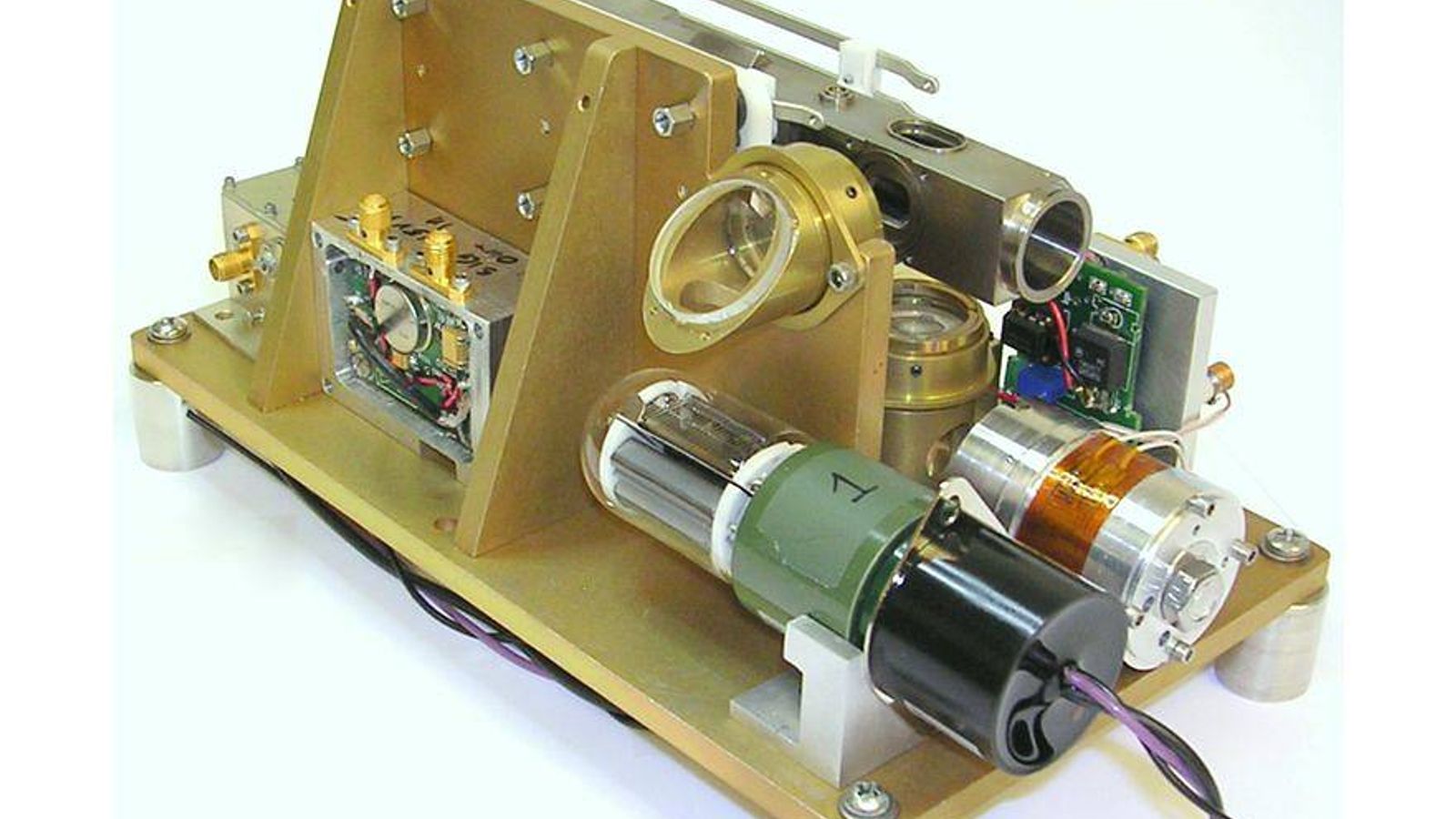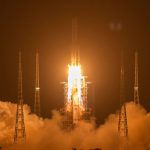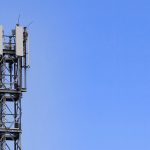NASA’s new Deep Space Atomic Clock – designed to provide a GPS-like system for spacecraft – is up to 10 times more stable than existing space clocks, new research has found.
Ground-based atomic clocks have been the gold standard for timekeeping since the 1950s, but now a new device launched into space in 2019 is set to revolutionise interplanetary navigation.
At the moment travelling through space requires the spacecraft to communicate back to Earth, introducing a delay before it receives confirmation of its position, including any new directions.
But the Deep Space Atomic Clock (DSAC), developed at NASA’s Jet Propulsion Lab, will allow spacecraft to navigate autonomously with minimal communication to and from Earth.
New research published in the journal Nature, from a team of scientists led by Eric Burt at the California Institute of Technology, has found that the DSAC has such a “low sensitivity to variations in radiation, temperature and magnetic fields” that it will enable “near real-time navigation of deep space probes”.
Atomic clocks are currently used onboard GPS satellites, but they need to be updated twice a day to fix their natural drift, with those updates coming from much larger and more stable clocks on the ground.
The ground-based clocks can be the size of a fridge and would not survive the journey into space, but the DSAC – which is expected to be off by less than a microsecond (one millionth of a second) after 10 years, or one second every 10 million years – is the size of a shoebox.
It only has a life expectancy of up to five years, but this could be doubled the scientists believe, adding that the technology underpinning it – using the extremely regular resonance of mercury ions, stored within an electromagnetic “trap” to prevent interference – means the DSAC can safely operate in space to help spacecraft navigate.






















